Global economic growth is projected to slow this year, largely due to U.S. tariffs imposed under President Donald Trump, according to a major international policy body.
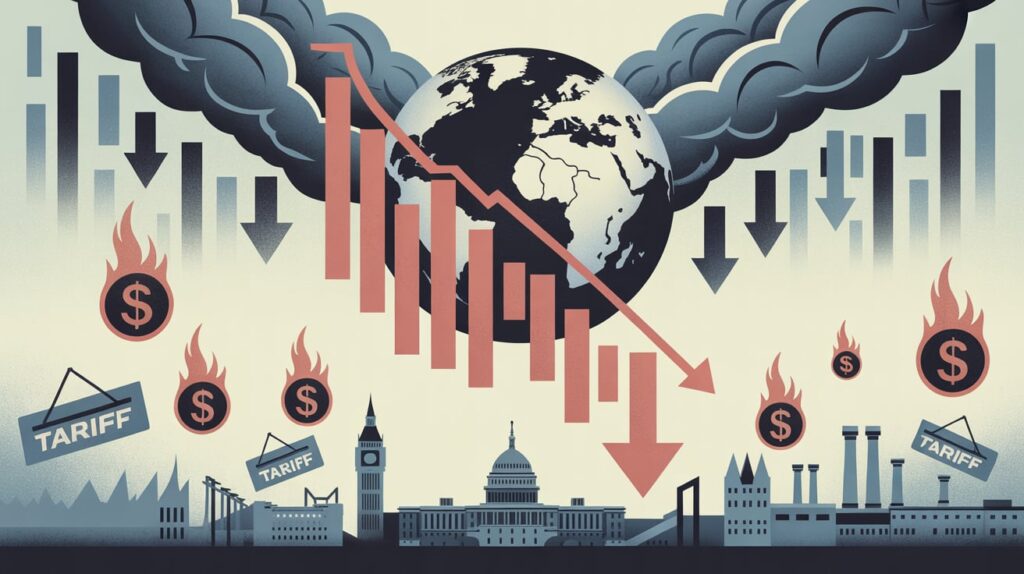
The Organization for Economic Co-operation and Development (OECD) has revised its global growth forecast down to a “modest” 2.9%, from an earlier estimate of 3.1%. The group cited a “significant” increase in trade barriers as the key reason for the downgrade and warned that the impact would be felt almost universally.
Since Trump’s return to the White House, numerous countries have been hit with new tariffs. The OECD noted that the president’s unpredictable and often abrupt trade policies have created widespread uncertainty, further undermining business confidence and global economic momentum.
OECD Downgrades Forecast Amid Trump Tariffs and Rising Economic Uncertainty
The global economy is once again navigating troubled waters. In a stark reassessment of its earlier predictions, the Organisation for Economic Co-operation and Development (OECD) has downgraded growth forecasts for nearly every major economy. “We are forecasting basically a downgrade for almost everybody,” OECD Chief Economist Alvaro Pereira told the Globa Now . “We’ll have a lot less growth and job creation than we had forecasted in the past.”
This somber tone reflects a growing unease about the impact of persistent inflation, political volatility, and increasingly protectionist trade policies—most notably those pushed by former President Donald Trump. The OECD’s new forecast paints a global picture marked by deceleration, dislocation, and diminished confidence, with the United States and United Kingdom among the hardest hit.
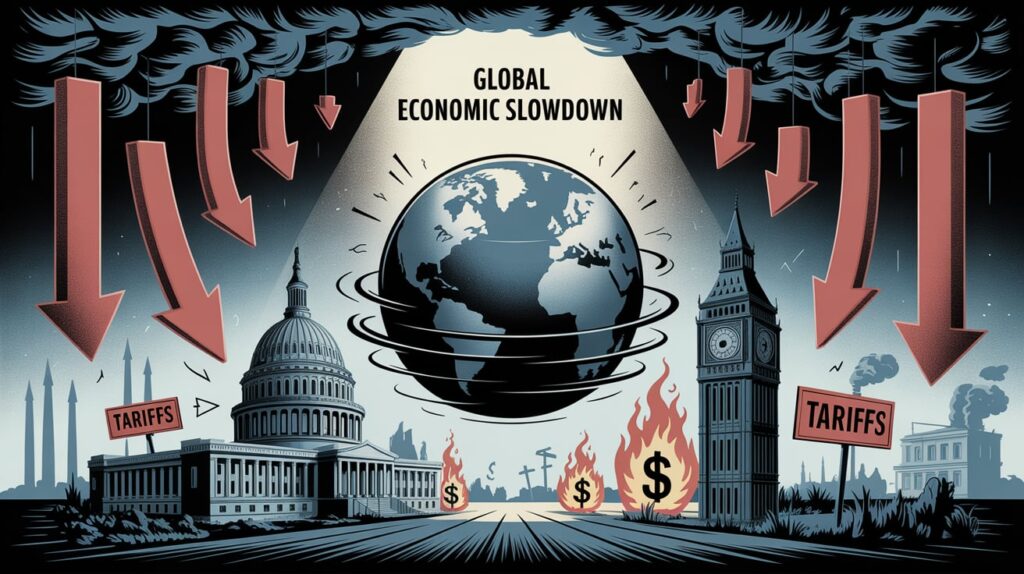
America’s Faltering Boom
During his campaign and since returning to the political stage, Donald Trump has repeatedly touted tariffs as a tool to rejuvenate American industry and protect domestic jobs. In a recent social media post, Trump declared, “Because of Tariffs, our Economy is BOOMING!” Yet, official data—and now the OECD’s forecast—tell a different story.
According to the OECD, U.S. economic growth will slow significantly, with the 2025 outlook revised down to just 1.6%, from a previous estimate of 2.2%. The group also warned of a further slowdown in 2026. These projections are a far cry from the Trump campaign’s bullish rhetoric, and they raise questions about the efficacy of tariffs as a sustainable economic strategy.
Notably, in the first quarter of 2025, the U.S. economy contracted by 0.2% on an annualized basis—the first such decline since 2022. While a single quarter of negative growth does not constitute a recession, it marks a sharp reversal from recent trends and underscores growing economic fragility.
Watch https://t.co/a7xsX1VXrz
— Globa Now (@Globanow) June 3, 2025
The OECD attributes part of this weakness to inflationary pressures, which have not abated as promised. Trump repeatedly claimed during his campaign that inflation would “plummet” under his policies. Yet prices remain elevated, especially in consumer staples, housing, and healthcare. The mismatch between campaign promises and economic reality is becoming harder for voters—and investors—to ignore.
The Tariff Trade-Off
Tariffs, once considered an emergency lever during trade negotiations, have become a centerpiece of Trump’s economic agenda. He has threatened across-the-board tariffs on all Chinese imports and proposed punitive duties on goods from countries that do not meet his standards of “fair trade.”
While these measures may appeal to domestic producers in specific industries, they come with significant economic costs. Higher tariffs raise input costs for manufacturers, squeeze margins for small businesses, and ultimately lead to higher prices for consumers.
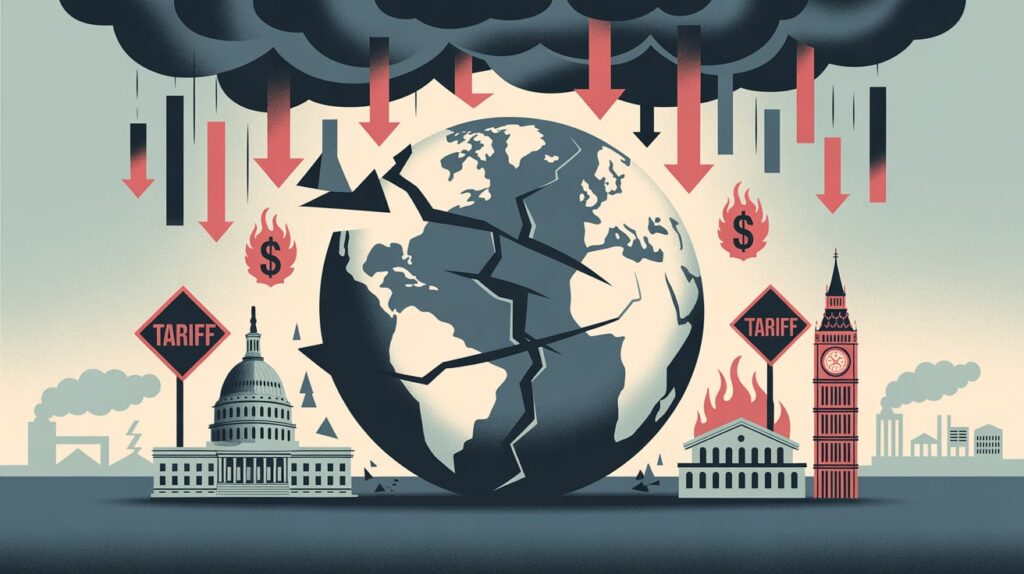
The OECD’s latest report emphasizes this point, warning that the global economy is being “dampened by heightened trade tensions.” These tensions, especially between the world’s largest economies, disrupt supply chains, create investment uncertainty, and weigh on business sentiment.
In the U.S., corporate investment has already shown signs of cooling, particularly in sectors reliant on global supply chains. Meanwhile, consumer sentiment has weakened, with Americans growing increasingly concerned about rising costs and diminishing purchasing power.
Britain’s Balancing Act
Across the Atlantic, the United Kingdom faces its own economic tightrope. The OECD trimmed its growth forecast for the UK from 1.4% to 1.3% for 2025 and now projects just 1% growth in 2026. Though modest, this downward revision reflects deeper structural concerns—especially around public finances and domestic consumption.
The UK economy did post better-than-expected figures in early 2025, growing by 0.7% in the first quarter. However, the OECD cautioned that “momentum is weakening,” with deteriorating business sentiment and a sharp decline in consumer confidence since late 2024.
Part of the problem lies in the lingering effects of Brexit and the UK’s exposure to global trade frictions. Elevated geopolitical tensions and uncertainty over trade agreements continue to weigh on British exporters and investors.
But the UK’s challenges are also homegrown. The country is grappling with a heavy debt burden, and servicing that debt is becoming increasingly expensive. According to the OECD, Britain faces “substantial government debt interest payments against a very thin financial buffer.”
This reality was starkly acknowledged by Chancellor Rachel Reeves in March, when she announced £14 billion in new measures—including £4.8 billion in welfare cuts—to restore “headroom” under her self-imposed fiscal rules. The upcoming Spending Review will likely deepen this austerity narrative, as Reeves seeks to balance defence spending, NHS funding, and departmental budgets without further ballooning the deficit.
The Price of Austerity
Fiscal consolidation may be necessary, but it also carries risks. With economic growth already slowing, aggressive cuts to welfare and public services could suppress demand and deepen the malaise. The OECD has urged the UK to “strengthen public finances” but also to prioritize investments that support productivity and innovation.
Reeves faces an unenviable set of choices. The Labour government has staked much of its credibility on economic competence and fiscal responsibility, yet it also campaigned on pledges to improve public services, particularly the NHS. Reconciling these goals within a constrained fiscal envelope will require political dexterity and clear communication.
Adding to the difficulty is the erosion of public trust. Years of stop-start growth, cost-of-living pressures, and public service backlogs have left many Britons skeptical of promises from Westminster. Consumer confidence remains “depressed,” the OECD notes—a reflection of both economic anxiety and political fatigue.
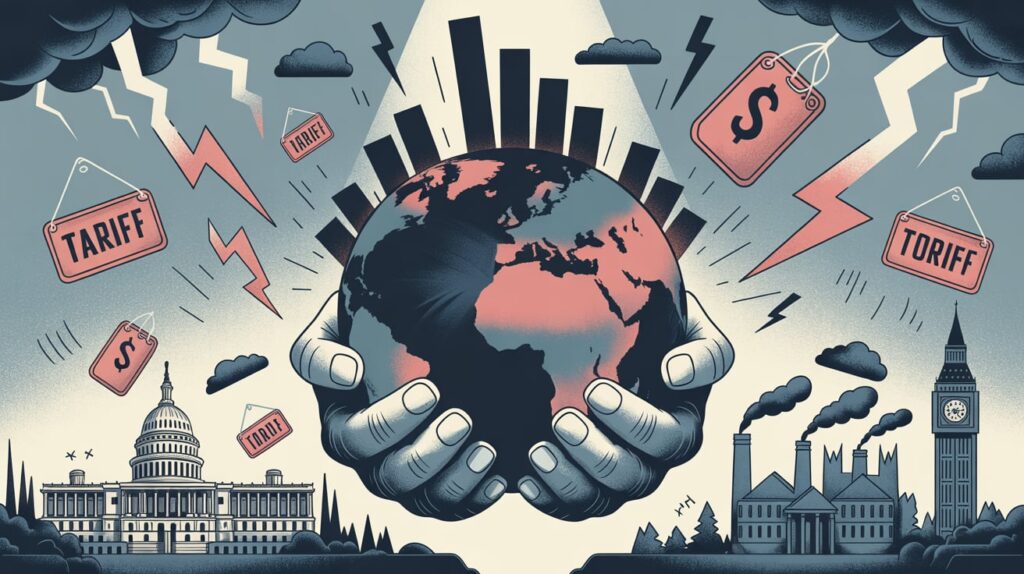
Global Implications of Slowing Growth
The OECD’s warning is not just about the U.S. or the UK. Its forecast for the global economy has been revised downward across the board. Major eurozone economies like Germany and France are also facing headwinds, while emerging markets are grappling with currency volatility, capital flight, and policy tightening by central banks.
In this context, the return of protectionist trade policies is especially unwelcome. Global growth requires global cooperation—on trade, climate, security, and public health. A reversion to zero-sum thinking and tariff wars threatens not only near-term stability but also the longer-term goals of shared prosperity and sustainable development.
The OECD emphasized the need for “coordinated policy action” among its member states. Yet with key elections looming in the U.S., UK, and EU, political leaders may find themselves pulled toward short-term populism rather than long-term planning.
Inflation, Interest Rates, and the Central Bank Conundrum
Inflation continues to loom large in economic policymaking. While price pressures have eased in some sectors, core inflation remains stubbornly high in both the U.S. and UK. Central banks face a delicate balancing act—raising interest rates too quickly could tip economies into recession, while failing to act decisively could allow inflation to become entrenched.
The Federal Reserve has held rates steady for now, but markets are increasingly uncertain about its next move. The Bank of England, meanwhile, faces pressure to tighten policy further, despite clear signs of consumer weakness.
Higher rates also mean higher borrowing costs for governments, households, and businesses. This dynamic further complicates fiscal planning and limits the room for stimulus in the event of a downturn.
A Call for Strategic Realism
The OECD’s revised forecast should be a wake-up call for policymakers, business leaders, and voters alike. It underscores the limits of economic nationalism and the costs of policy inconsistency. Short-term political gains—from tariffs, tax cuts, or headline spending pledges—can come at the expense of long-term economic health.
For the U.S., the challenge is to pivot from slogans to substance. If tariffs are to be part of the economic toolkit, they must be used judiciously, not as a blunt instrument. More importantly, structural issues like workforce development, productivity, and infrastructure investment must take center stage.
For the UK, the path forward lies in credible fiscal reform that also supports growth. That means finding ways to boost private investment, streamline regulation, and prioritize innovation—without undermining the social contract.
And for the global community, the need for cooperation is more urgent than ever. Climate change, digital transformation, and shifting demographics are reshaping the world economy. No country can navigate these changes alone.
Conclusion: A Global Reckoning
The OECD’s global growth downgrade is more than a statistical adjustment—it’s a reflection of deeper uncertainties facing the global economy. Whether driven by inflation, tariffs, debt, or political disruption, the message is clear: the current path is not sustainable.
We are living in an era where economic narratives are increasingly shaped by ideology rather than evidence. But numbers have a way of cutting through rhetoric. Slowing growth, falling confidence, and rising instability demand honest reckoning—not just from governments, but from all of us.
As we move through 2025 and toward a critical political and economic juncture in 2026, the question is no longer whether the storm is coming. It’s how we choose to face it.

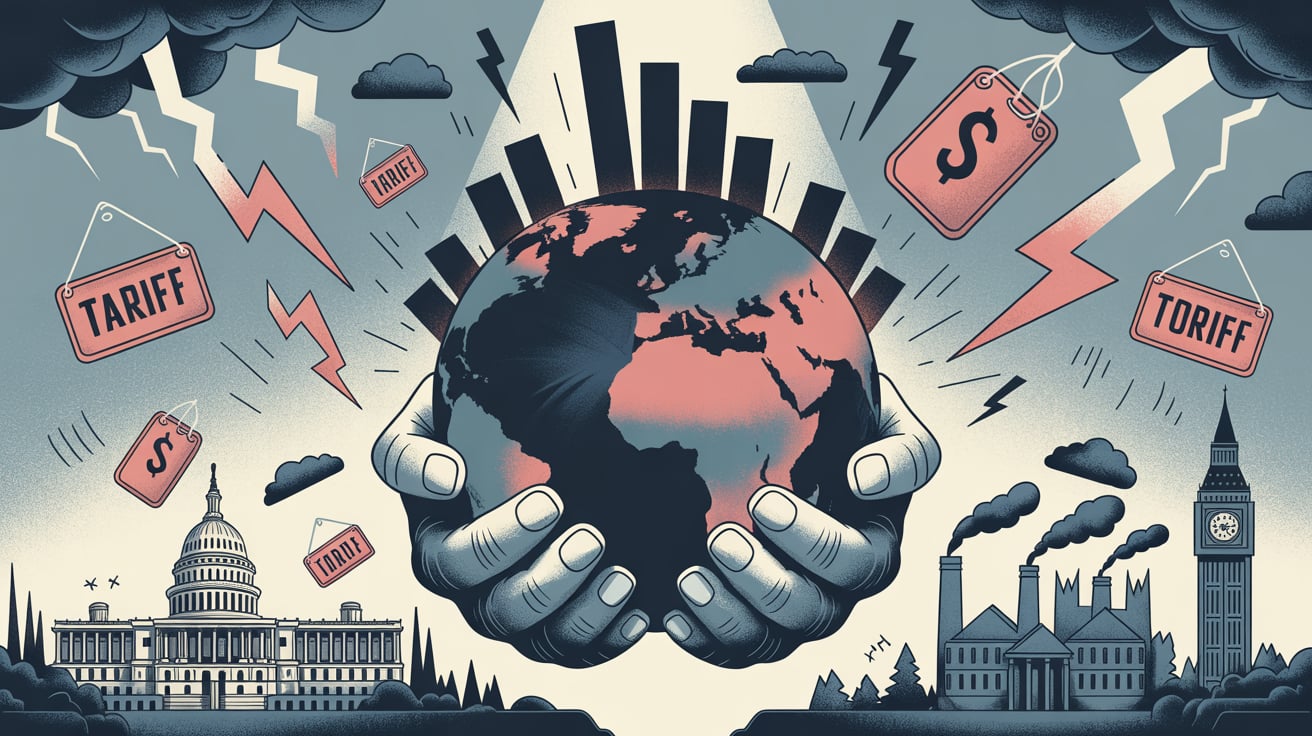


2 thoughts on “Trump’s Tariff Plans Expected to Weigh on Global Economic Growth”